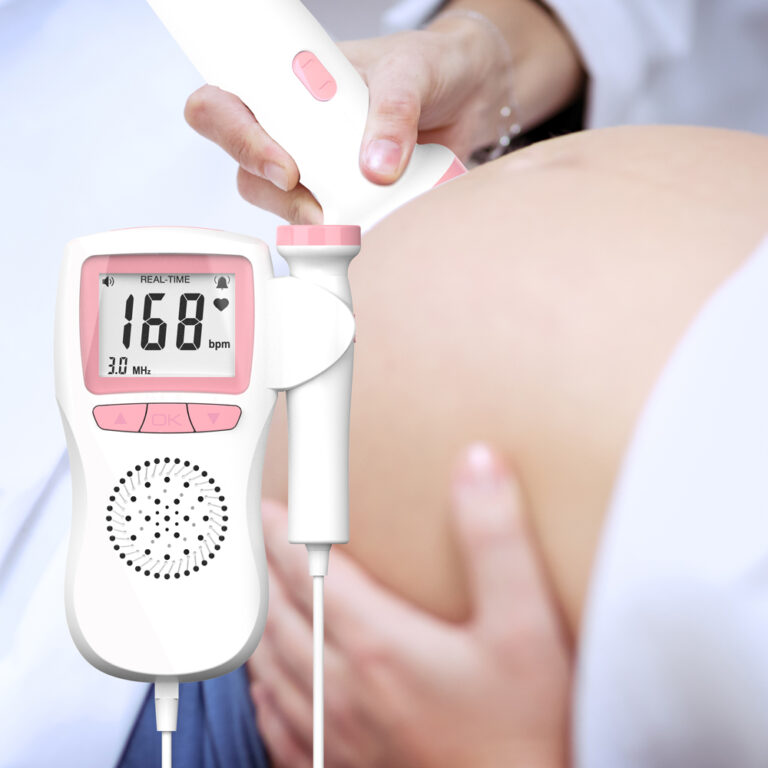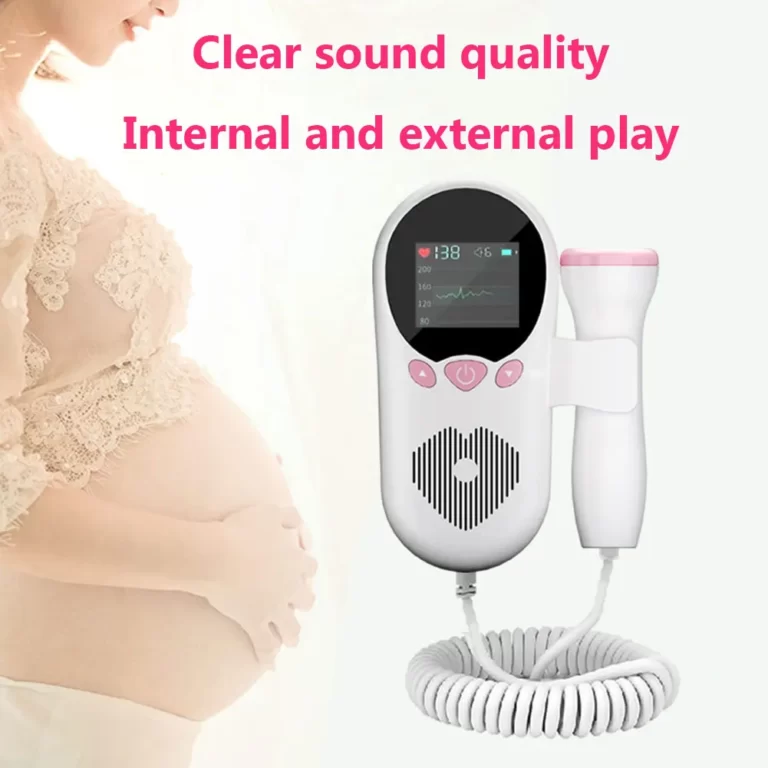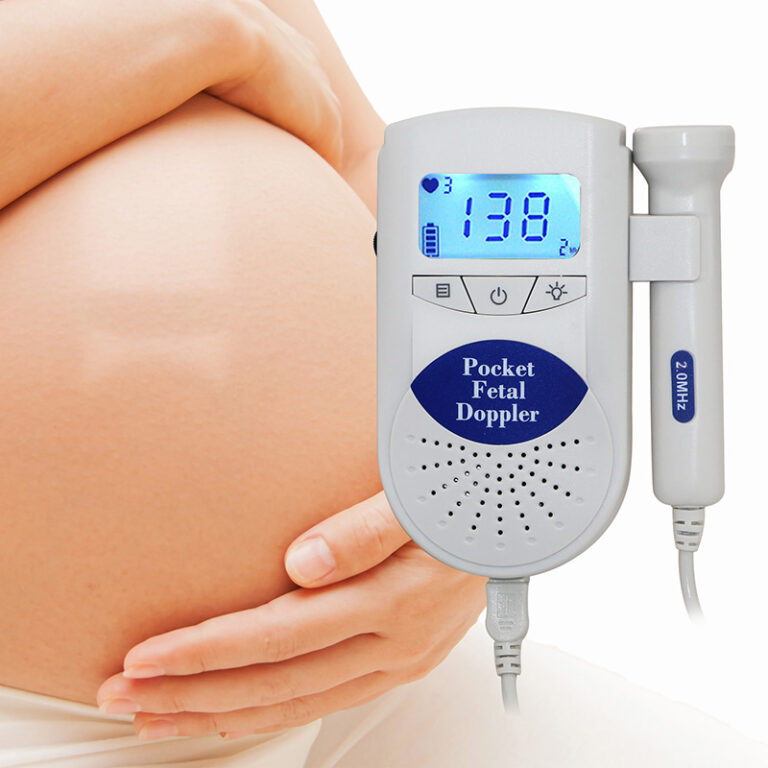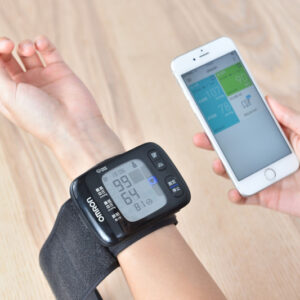
A fetal heart rate monitor, also called a fetal Doppler, lets you check your baby’s heartbeat during pregnancy.
There is no evidence that home Doppler harms the baby. However, there is also no evidence that they are safe. For this reason, in 2014, the U.S. Food and Drug Administration (FDA) strongly advised consumers not to purchase or use these devices.
1. They heat up body tissue slightly. Studies have found that prolonged exposure to heat increases the risk of certain congenital abnormalities and can lead to miscarriage.
2. Using ultrasound equipment, including home Dopplers, exposes infants to high temperatures, and frequent use can be particularly dangerous.
3. Because these devices are not well regulated and most people who use them lack medical training, home Doppler can increase the risk of injury to the developing fetus from heat.
However, some parents-to-be find these devices to give you peace of mind. Especially those with a history of infertility, stillbirth, or miscarriage may find the reassuring sound of a fetal heartbeat relieves anxiety.
Emotional health is very important. Anyone experiencing anxiety about pregnancy should talk to a healthcare professional about how to manage their anxiety.
How to use a fetal heart rate monitor?
Fetal Doppler gives you the opportunity to connect with your baby by listening to your baby’s heartbeat, and the monitor measures your baby’s heartbeat and how it changes as your baby moves.
Usually, during the first 12 weeks of pregnancy (first trimester), the baby’s heart beats very fast. But heartbeats are hard to detect because babies are so small. As the fetus grows, the heart rate stabilizes within the normal range of 110 to 160 beats per minute.
Your doctor will usually use fetal Doppler during outpatient visits to help make sure your baby is doing well.
If you are monitored at home, your medical team may ask you to check your baby’s heart rate there.
To use the monitor,
1.You first find your baby’s position by feeling your belly.
2.Place a small amount of gel on the probe at the end of the monitor.
3.Then place the probe on your lower abdomen, close to your pubic bone.
4.Tilt or tilt the probe, always maintaining contact between your skin and the probe, until you hear a galloping sound – fetal heart rate.
5.Record the fetal heart rate as instructed by your healthcare team.
6.Note that numbers may change slightly as you continue listening.
7.You can adjust the probe position as needed to find the best cardiac signal.
8.Avoid using fetal Doppler for more than 10 minutes.
Fetal heart rate monitoring poses no physical risk to you or your baby after you have recorded your fetal heart rate measurements. But if your baby’s heart rate is outside the normal range, you may feel anxious. Consult your healthcare provider if your measurements are out of range, or if you have concerns or questions about monitoring fetal heart rate at home.








